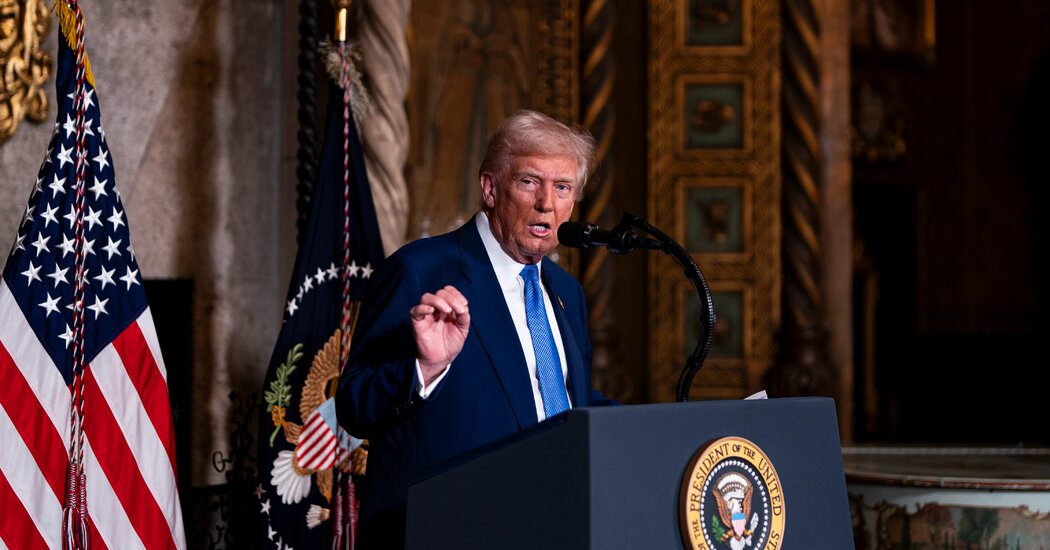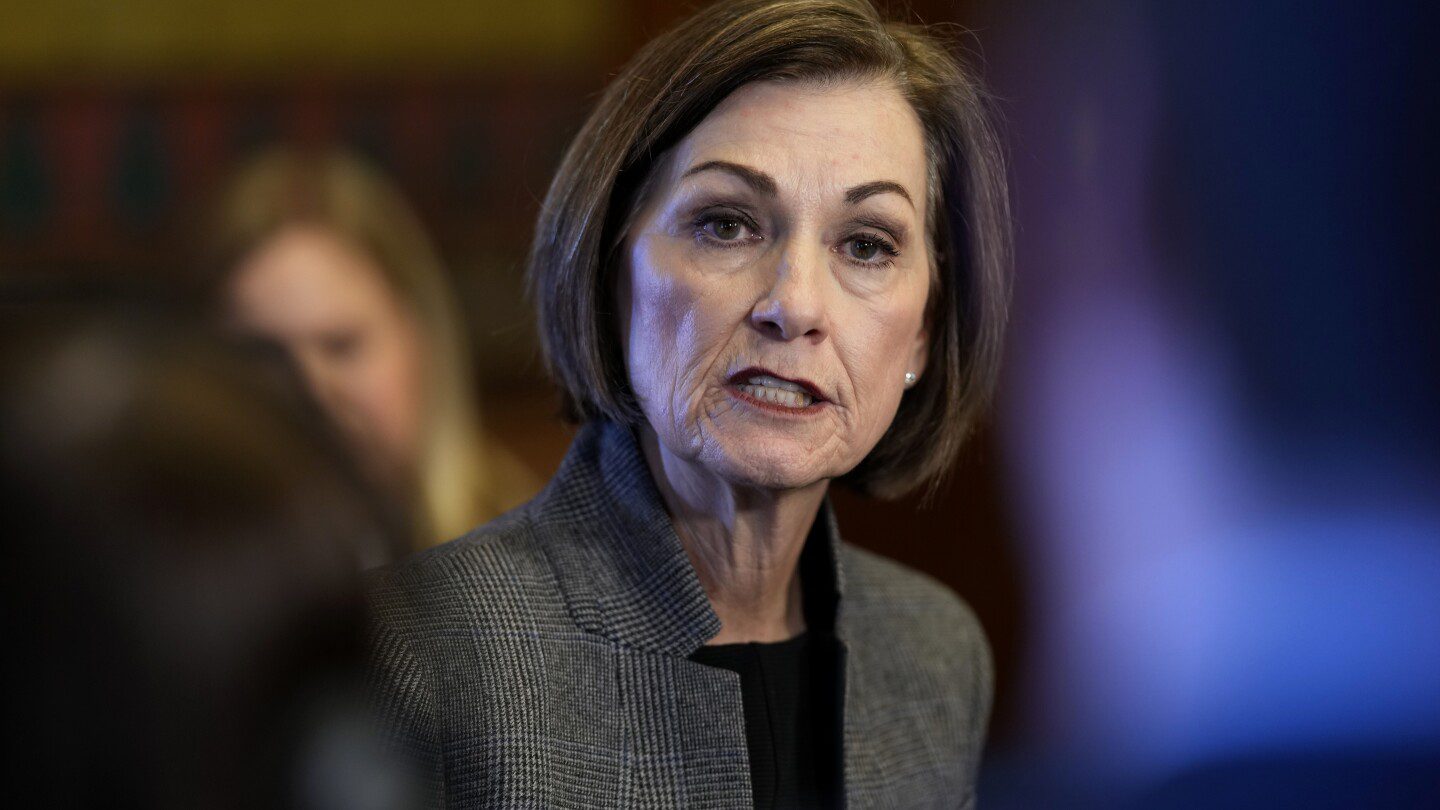

On Tuesday, President Trump signed an executive order aimed at increasing his authority over regulatory agencies that were designed by Congress to operate independently of direct presidential oversight. This action is part of a larger strategy to consolidate presidential power within the federal government.
The executive directive mandates that independent agencies submit their proposed regulations for White House review. It also grants the president the ability to prevent these agencies from using their budgets for initiatives that do not align with his priorities. Additionally, the order asserts that these agencies must adhere to interpretations of the law as defined by the president and the Justice Department.
“This move represents a significant shift in control over independent agencies, an organizational framework that Congress has relied on for various responsibilities since the 1880s,” stated Peter M. Shane, a legal scholar at New York University and author of a comprehensive casebook on separation-of-powers law.
This order comes on the heels of Trump’s earlier removals of leaders from independent agencies, actions taken in violation of laws that protect their positions until their terms expire. Together, these efforts signify a substantial challenge to the foundational structure of the American government and an attempt by the president to usurp some of Congress’s constitutional authority.
The directive affects a range of executive branch agencies that Congress has established to regulate different economic sectors. These agencies include the Securities and Exchange Commission, the Federal Trade Commission, the Federal Communications Commission, and the National Labor Relations Board. However, the order only partially applies to the Federal Reserve, particularly regarding its regulatory oversight of financial markets, while exempting its decisions on monetary policy, such as adjusting interest rates.








